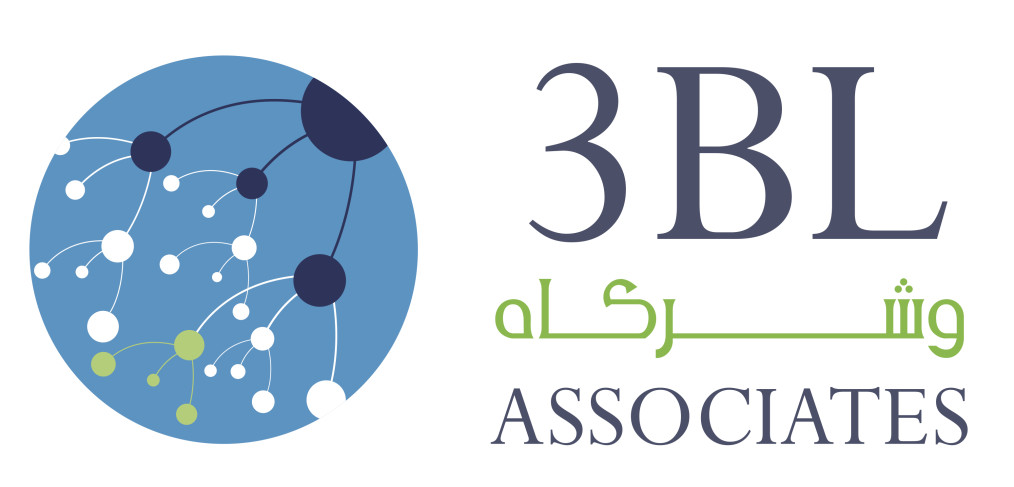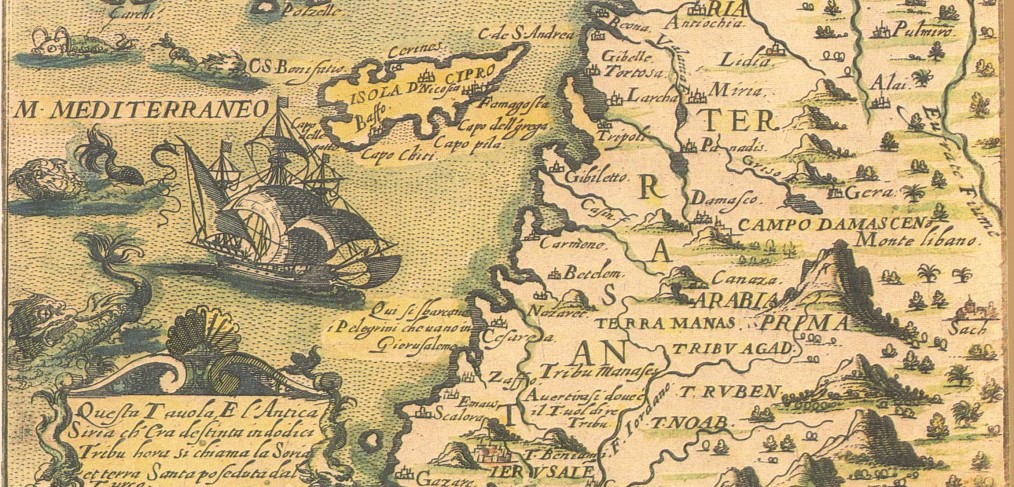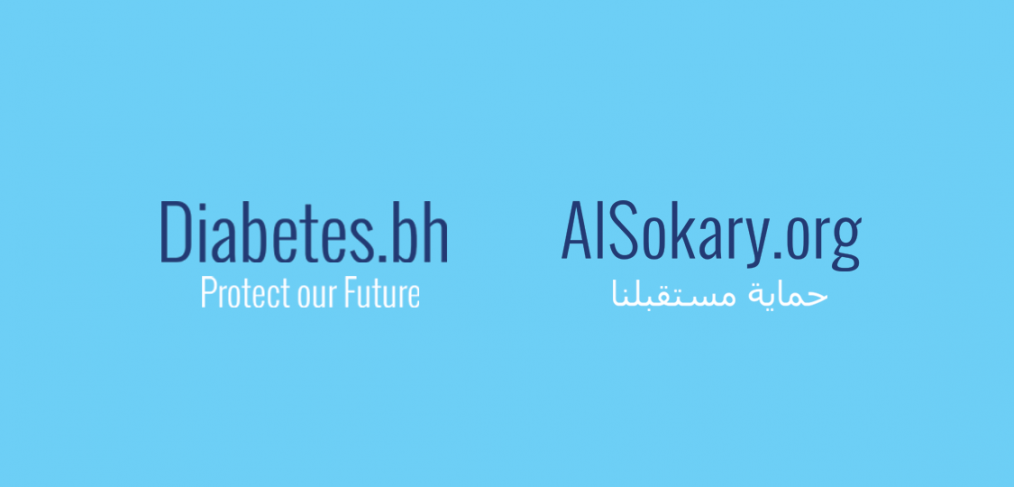Every day is Ashura, Every land is Karbala
Ashura is the 10th day of Muharam, the first month in the Islamic Hijri year and amongst many important events marks martyrdom of the Prophet Muhammad’s (pbuh) grandson, Hussein ibn Ali (as), in 680 A.D. Whilst details are debated, the story unfolds in part that Hussein (as) went into the battle of Karbala in Iraq knowing that he and his followers might be killed, and generations since have drawn lessons from their struggle against injustice, sacrifice and their commitment to living what they believed was true.
As several communities around the world mark Ashura this week, it brings remembrance again of those lessons that have echoed through hundreds of years.
Many faith based groups working towards climate justice have been gathering in the lead up to the UN COP21 Climate Change Conference in Paris.
There are many lessons from the faith community that can also be applied to the current injustice of climate change, where humanity faces an unprecedented existential threat. This can be seen from the Islamic Declaration on Climate Change, to Pope Francis’s Encyclical letter on care for our common home.
With respect, I have outlined below how the essence of some of the lessons, values and reflections of Ashura and Karbala can be applied to the methods in which countries can address climate change both within International UN Climate negotiations, as well as actions on a local level.
In Support of the Truth
Imam Hussain (as) announced: “Don’t you see that truth has been replaced by falsehood? We must be prepared to sacrifice everything that is precious in support of Truth!” Truth was the essence of his living message.
In climate truth, the Intergovernmental Panel on Climate Change Report (IPCC AR5) confirms that climate change is happening and is driven by human Green House Gas emissions. It also confirms that each of the last three decades has been warmer than all preceding decades since 1850 and the first decade of the 21st century has been the warmest. It warned that we are on track for extremely dangerous temperature rise, and continued increases in emissions “would induce changes in all components of the climate system, some of which would very likely be unprecedented in hundreds to thousands of years.”
We are closest to the truth than we have ever been on climate. The debate on the science is now over, and we must now act and live on that truth. IPCC advocates the substantial and sustained reduction of CO2, and proposes an ‘emissions budget’ or a limit of the total amount of greenhouse gases (270 PgC) that humanity can emit for the remainder of this century to limit warming to 2°C.
Currently, the fossil fuel industry has roughly 2795 gigatons of CO2 in their reserves to keep emissions under that threshold, major fossil fuel nations would need to commit to policies to keep nearly 80% of those fossil fuel reserves underground. It would be ‘suicide’ acting against truth by burning all potential fossil fuel reserves.
To avoid catastrophic climate change we must find a way to live within the limit of emissions for the century – this will mean transitioning away from dirty fossil fuels and also building local, democratic and community owned renewable energy projects.
Awareness
Hussein (as) himself made his companions and fellows aware of the potential consequences of impending actions before going into any challenge.
Climate change will affect almost every single human endeavor, and every human life in some form. It is our responsibility as global citizens that if we accept and agree with the truths of this world, we should work to educate and make others aware of the consequences of our actions.
We’re the first generation of humans to witness, measure, and comprehend the planetary effects of our actions. While all living things affect the living Earth, we’re the ones who can see our decisions reverberate, and calculate how long our consequences will affect this earth for. For all human beings, it’s time to consciously choose the kind of difference we want to make to the Earth, our collective future and to each individual life.
We need to raise awareness and educate on the consequences of humanity’s current “business as usual” trajectory, where the world will burn through about 5 times that safety limit of fossil fuels by 2100, putting the world on a path for warming of more than 4.5 degrees Celsius and about a meter of additional sea level rise. On our current trajectory we will surpass the “point of no return” for the climate system, and global warming will be irreversible.
We also need to raise awareness and educate on the consequences of the solutions available if positive action is taken now. These solutions include; transitioning away from fossil fuels to renewable energy; as consumers to reject the consumption of carbon intensive products and services, and instead encourage companies to provide ethical and sustainable products; conservation and greater energy efficiency; preserving the the Earth’s lungs through preserving the world forests and trees; to encourage and work towards sustainable innovations within all companies so that the purpose of each is to provide shared value for all of life.
Whilst these are only some of the solutions, they are solutions of hope that are in our hands.
From the international multilateral negotiations, to national governments, to every citizen, and within every organization and school, we can bring the awareness that these solutions are not only possible, but they are absolutely necessary if the consequences of our actions are to be positive rather than destructive.
Participation of Women
Without the participation of Zaynab bint Ali, Hussain’s (as) sister, the mission of Karbala could not have been fulfilled. Zaynab was a model of courage in speaking truth to power, and resilience in acting on what she knew to be true.
Learning from the essence of the lesson, we cannot solve an issue such as climate change without the active participation and leadership of women.
Women, as the majority of the world’s poor, are among the most vulnerable to the impacts of climate change. Women disproportionately suffer the impacts of disasters, severe weather events, and climate change because of cultural norms and the inequitable distribution of roles, resources, and power, especially in developing countries. They are also critical to climate change solutions.
According to The World Health Organization, women are also more vulnerable because they have less access to education and information that would allow them to manage climate-related risks. The lack of independence and decision-making power, constrains women’s ability to adapt to climate change.
In 2008, 47% of delegations to the United Nations Climate negotiations had no women. In 2012, after the first two intersessionals of the UNFCCC, the average number of women delegates was only 36%. In 2012 it was agreed by countires to promote gender balance and improve the participation of women in UNFCCC negotiations, and adopted a goal of gender balance.
Research by humanitarian organization CARE affirms that when they are in control of resources, women are more likely than men to use them for family health and economic stability. Research also shows that women may be more likely to change strategies in response to new information and to make decisions that minimise risk. All these qualities suggest that when women are empowered, they can be extremely effective agents of adaptation to climate change and that only through female participation, can humanity’s safe climate mission be achieved
Giving Preference to the Needs of Others
In Islamic terminology, giving altruistic preference to the needs of others is referred to as Ithaar. On the day of Ashura, the actions of Hadrat Abbas, brother of Hussain (as), exemplify Ithaar. Hadrat Abbas fought bravely to gain access to the water of Euphrates. He gave no consideration to his own thirst but strove instead to bring water to the tents for the women and children.
For many oil and gas producing countries, even if there has been a concerted effort to produce renewable energy, it is done so that clean energy can be used domestically, and that their fossil fuels can still be exported globally.
The pressing situation we find ourselves in, is that small island and low-lying coastal countries that are the most vulnerable to the adverse effects of global climate change, face the prospect of extinction if global average temperature increases are not kept below 1.5°C above pre-industrial levels. This means that if oil and gas producing countries are indeed able to transition much of their energy mix to renewable’s locally, they would need to keep their fossil fuel reserves untapped and unsold in order for these vulnerable island states to even survive.
In the short term, this may seem unthinkable economically for oil and gas producing countries to consider, but if preference is given to the fate of small-island and low-lying coastal countries, the long-term collective global benefits are even greater.
Use of Lawful Means to Reach a Goal
Imam Hussain had said: “Those who use unlawful means to achieve their objectives never attain them.”
Within the UNFCCC Climate Negotiations, the ultimate goal is “The stabilization of greenhouse gas concentrations in the atmosphere at a level that would prevent dangerous anthropogenic interference with the climate system. Such a level should be achieved within a time-frame sufficient to allow ecosystems to adapt naturally to climate change, to ensure that food production is not threatened and to enable economic development to proceed in a sustainable manner.”
To truly reach such a goal, one vital aspect is to form a legally binding global agreement that is fair, ambitious and equitable.
Patience in Adversity
Those who saw Imam Hussein (as) on the Day of Ashura reported, “We have never seen a man remaining as composed as Imam Hussein (as), whereas his relatives and children were killed before his eyes.” Imam Hussein (as) learned to understand the message that those who remain patient will receive reward without measure. Here patience is not out of weakness or helplessness but a demonstration of his steadfastness and bravery.
The scale and impact of the global challenge of climate change is staggering and unprecedented in human history. As such, to address an issue of complexity, we need to make the biggest social, economic, and political transition that humanity has ever seen, and we need to all do it together – with 194 countries and beyond.
We are reminded several times within the UN climate Negotiations that ‘change is not an event, but a process’, and one that takes a long time so that we are not only walking together, but we are walking in the right direction. With most countries acting on their own economic interests, and the frustration it causes government negotiators and civil society, the virtues of patience are vital to find a solution whilst the world continues to suffer. To keep walking despite defeat after defeat, in order to reach ‘victory’ together.
Oneness
The Prophets all carried the message of tawheed (Oneness of all) and surrender to that ultimate oneness. The act of loyalty and respect shown between all brothers and sisters who walked together in Karbala in faith is beautiful. Do we show loyalty and respect to all our brothers and sisters? Are we there in Oneness with them? Whether they be Hands, Paws, Wings or Fins?
Life on earth is under tremendous stress, and we have an opportunity in the next few years to either compound that stress or relieve it. We have a chance to become a welcome species on this planet, ensuring our own survival by championing the survival of all forms of life. The first step is also the acknowledgement that we are a biological species — as with all others— living on our one and only home, and that our deepest desire and intention is to flourish on and with the earth over it’s long life.
The more our world functions in oneness with the natural world we are connected to, the more likely we are to endure on this home that is ours, but not ours alone. Can we gracefully participate in a system that has been creating conditions conducive to life for billions of years?
Hope and Tawakkul
In addition to fasting on the day of Ashura, many take the time to contemplate in remembrance, thanksgiving and faith.
At the UN Climate Negotiations, citizens are leading a ‘Fast for the Climate’ until ‘a meaningful outcome is in sight’ in the UN climate talks. Fast for the climate is a growing movement of youth, environmentalists and people of faith are showing their strength of commitment by going without food once a month to call for world leaders to do more to solve the climate crisis.
Yeb Sano, the former Filippino climate ambassador, and inspiration for ‘Fast for the Climate’ is leading The People’s Pilgrimage. Throughout this year Yeb has been traveling to places at the heart of the climate crisis – across India and Asia. And he is currently embarking on the biggest challenge yet – an epic 1500km walk from Rome to Paris. Along with a group of other pilgrims, they are walking across Italy, Switzerland and France carrying with them the hopes and prayers of millions for a better future, safe from climate change.
In these days, we are in remembrance of the lessons and shoulders of generations past that we stand on, in remembrance of the suffering of the world, and in thanksgiving to all who are in that “climate battle”.
In prayers and faith that humanity may act on the climate and environmental truths that they know.
(Authors Note: Lessons were adapted from – http://www.duas.org/Moharram/lesson_from_kerbala__2.htm









